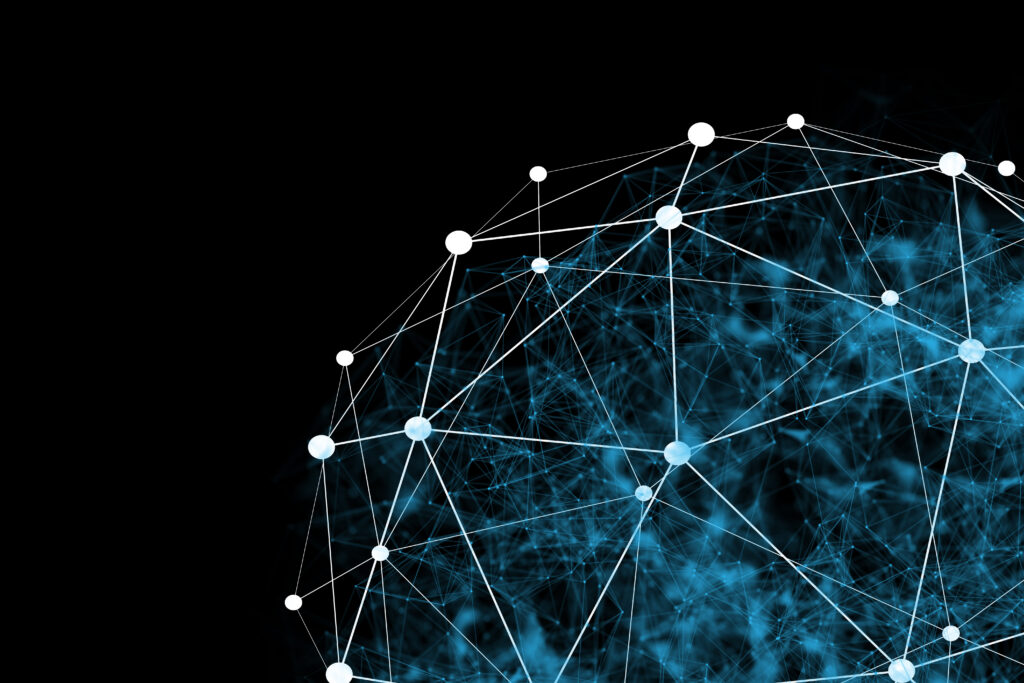Managed services offer various benefits that are proven to positively impact the development of the organization that adopts such services it allows them to focus on their core expertise. It is estimated that the successful deployment of managed services will help in narrowing IT cost by 25-45% and will also increase operational efficiency by 45-65%. Also, 25% of organizations said downtime costs averaged between USD 301,000 and USD 400,000 per hour (source: Intelligent Technical Solutions).
Moreover, the year 2022 was all about application deployments matched to the speed of development. Application maintenance and support services are pivotal to the managed services in IT. Application performance monitoring (APM), for instance, will adopt a quick feedback mechanism for developers. Front-end monitoring (for studying user behavior), ADTD (for application discovery, tracing, and diagnostics), and AIOps analytics (for detecting application lifecycle patterns and anomalies) will all be parts of APM. These solutions will help the DevOps team to analyze business problems better. It will cut down on their average time to repair (MTTR).
With industry requirements, standards, and consumer needs changing by the day, businesses are now seeking result-based outcomes. They require possession of pre-defined or expected criteria documented clearly and in real time. The MSP will now be seen using advanced analytics and reporting to state the impact of technologies implemented and present factual data.
Further, the Blockchain and IoT technologies are set to create better opportunities for managed services providers, as these organizations require expertise to implement these technologies. To get a hold of these opportunities and stay relevant and keep up with the competition, managed services providers are increasingly acquiring essential skillsets for these, among other innovative technologies, like AR, VR, and AI.

Managed services trends for 2023
At a projected CAGR of 12.6% during the forecast period, the global managed services market is expected to increase from $243.33 billion in 2021 to $557.10 billion in 2028.
Top trends that will drive the growth:
- AI-powered – Managed services powered by AI have the potential to upend your company’s operations. Customers will have access to a wider range of services thanks to the use of artificial intelligence. Automating typical tasks might help businesses provide services that are customized to their client’s demands.
-
IoT – Blockchain and IoT are emerging as essential technologies for creating interconnected systems, products, and services. These technologies make it possible for devices to communicate securely, reliably, and effectively. Managed services providers (MSPs) are well-positioned to assist their clients in managing any element of their financial lives.
- IoB – According to Gartner the Internet of Behaviours (IoB) – evolved from the Internet of Things (IoT) – will become a key facet of the trend toward “people centricity” in the post-pandemic era.
-
Cloud Computing and Automation – Cloud computing is quickly taking over as the norm for companies. It enables a business to accelerate data access and storage while streamlining its procedures.
Businesses today have already started implementing IoT & IoB applications in their operations. The simple reason is – they need to adopt agile technologies to succeed in this competitive market. Moreover, by analyzing customer behavior, IoB helps in identifying the key influencing factors of a customer’s buying process. This technology will completely change a customer’s selection patterns and has the potential to transform the future of buying.
IoB will help customers get what they exactly want without wasting time shuffling through multiple buying options. And by analyzing data, IoB can help businesses plan result-driven strategies to satisfy customers, and potentially boost business sales rates. Applying IoB technologies has helped many businesses utilize online advertising to reach more customers. With the Internet of Behavior, companies can easily identify and target specific individuals or groups to sell their services and products.
IoT applications are just in the introductory stage right now concerning the product life cycle and have tremendous growth potential because of the continuous digital transformation of the world. Because of 5G technology, IoT is going to reposition itself as the world’s fastest-growing technology. According to a forecast by Statista, by 2030, there will be more than 50 billion IoT devices in the world.
Additionally, in another research by IDC, by 2022, the global spending on IoT technology will reach more than a trillion US dollars, and 5G technology will play a crucial role in its growth. And we are already witnessing it today.
IoT and IoB together are rightfully regarded as two promising digital technologies that will become more useful in the near future. Even at the present stage, the capabilities of IoT solutions, when combined with IoB technologies are impressive and advantageous. Moreover, despite IoB being in its nascent stage, in the coming years, the Internet of Things with Internet of Behaviors extensions will become an integral part of people’s lives, making life much easier and more efficient. It could surely become an ecosystem that would define human behavior driving the digital world.
If you need managed service for your business, CONTACT US!
Resources:
https://www.fortunebusinessinsights.com/managed-services-market-102430
https://www.evosysglobal.com/blog/internet-of-things-iot-with-internet-of-behaviors-iob
- DevOps vs. Agile: The Key Principles for Understanding the Differences - August 2, 2023
- Empowering Women in IT: Promoting Diversity and Inclusion in the Industry - March 8, 2023
- Unlocking the Power of Low-Code and No-Code: Simplifying App Development - January 17, 2023
